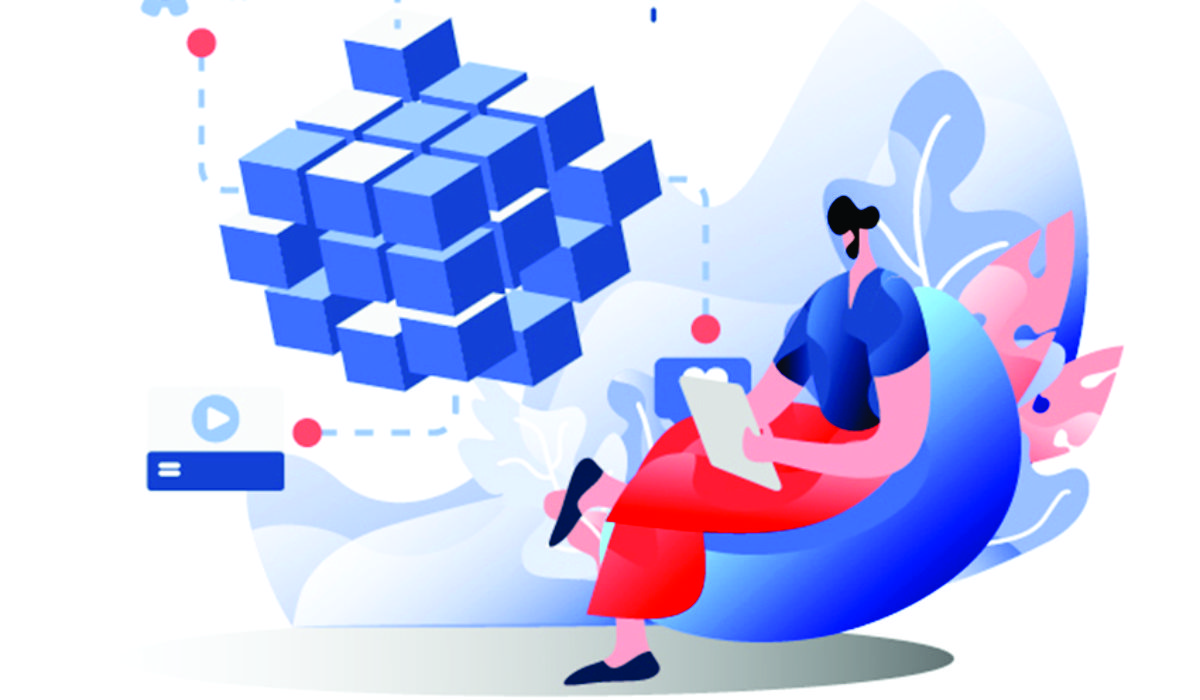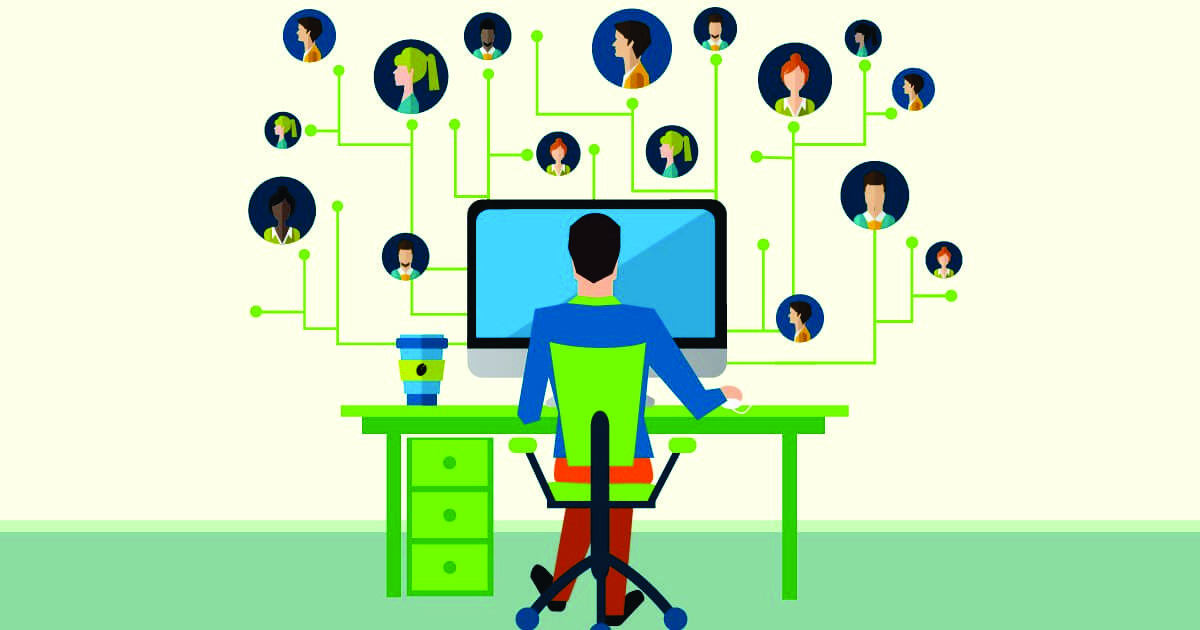Effective Risk Management Strategies for Remote Workforces
Protecting Your Business and Employees
Remote work is becoming more common. More and more people are working from home. This change is exciting, but it also brings new risks. Risk management helps keep everyone safe and the business running smoothly.
The rise of remote work started a few years ago and became even more popular during the pandemic. Many companies let their employees work from home to stay safe. Now, remote work is here to stay. People enjoy the flexibility it offers. However, this new way of working has its challenges.
Managing risks in a remote work environment is very important. There are many types of risks that companies need to watch out for. For example, there are cybersecurity risks. This means protecting computers and data from hackers. Another risk is making sure employees have a good work-life balance. If people work too much, they might get tired or stressed. Companies must also follow all the rules and laws about data privacy and employee rights.
To handle these risks, companies need good strategies. They should teach employees about safe computer use. They should also check if home networks are secure. Clear communication is key to making sure everyone is on the same page. Companies can use tools and apps to help teams work together better.
Identifying Risks in Remote Workforces
Identifying risks in remote workforces is crucial. When people work from home, new problems can arise. It’s important to spot these risks early. This helps keep everyone safe and the business running smoothly. Several types of risks include cybersecurity, operational, compliance, and human resource risks. Let’s explore each one.
Cybersecurity Risks
Cybersecurity risks are a big concern for remote workers. Hackers can try to steal information or cause trouble. Knowing about these risks and how to protect against them is important.
- Phishing and social engineering are common tricks used by hackers. They send fake emails to trick people into sharing personal information. Employees need to be careful and check emails before clicking on links.
- Insecure home networks are another risk. Many home Wi-Fi networks are not as secure as office networks. Hackers can try to break into these networks. It’s important to use strong passwords and update security settings.
- Using personal devices for work can be risky. Personal devices may not have the same security measures as work devices. Employees should keep their devices secure and use company-approved software.
Operational Risks
Operational risks affect how well the company runs. These risks can make it harder for teams to work together and get things done. It’s important to manage these risks for smooth operations.
- Communication and collaboration challenges can happen when people work remotely. It can be harder to talk and share ideas. Using the right tools and setting clear guidelines can help teams stay connected.
- Productivity and performance monitoring is important. Managers need to know if employees are getting their work done. Setting clear goals and using tracking tools can help monitor performance.
- Data management and access are crucial. Employees need access to the right data to do their jobs. However, too much access can be risky. It’s important to control who can see and use the data.
Compliance Risks
Compliance risks involve following the rules. Companies must follow laws about data privacy and employee rights. Not following these rules can cause legal problems.
- Adhering to data privacy regulations is a must. Companies need to protect personal information. This includes customer data and employee records. Regular checks and updates can help meet these rules.
- Labor law compliance is also important. Companies need to follow rules about working hours, pay, and benefits. This helps keep employees treated fairly and legally.
Read Also: 8 Critical Forex Risk Management Rules and Strategies
Human Resource Risks
Human resource risks involve people and their well-being. Happy and healthy employees are more productive. It’s important to manage these risks to keep employees engaged and satisfied.
- Employee well-being and mental health are crucial. Remote work can be isolating. Companies should provide support and resources to help employees stay healthy and happy.
- Work-life balance is important. Working from home can blur the lines between work and personal life. Encouraging breaks and setting clear work hours can help maintain balance.
- Employee engagement and retention are key to keeping good employees. Engaged employees are more productive and less likely to leave. Regular check-ins and feedback can help keep employees motivated and loyal.
Developing a Remote Work Risk Management Strategy
Developing a remote work risk management strategy is important for companies. It helps them stay safe and work well from anywhere. There are steps to follow to make sure everything goes smoothly and everyone stays protected.
Conducting a Risk Assessment
First, companies need to do a risk assessment. This means looking for possible problems that could happen. It’s like finding out where the bumps in the road might be.
- Identifying potential risks is the first step. Companies need to think about what could go wrong. This includes things like computer hackers or problems with teamwork.
- After finding risks, companies need to see how bad they could be and how likely they are to happen. This helps decide which risks to focus on first.
Creating a Risk Management Plan
Next, companies create a risk management plan. This plan helps them handle risks and keep everyone safe while working remotely.
- Setting objectives means deciding what they want to achieve. Priorities are about which risks to fix first. This helps companies stay on track.
- Developing policies and procedures means making rules. These rules show everyone how to stay safe and what to do if something goes wrong.
- Establishing roles and responsibilities means giving jobs to people. This helps make sure everyone knows what they should be doing to keep the team safe and the work going well.
Implementing Risk Mitigation Measures
Implementing risk mitigation measures helps keep remote work safe and smooth. It’s like putting on armor to protect against problems. There are important steps to take to make sure everything runs well and everyone stays secure.
Enhancing Cybersecurity
Enhancing cybersecurity means making sure computers and information are safe from bad guys.
- Using VPNs and secure communication tools is like building a strong castle wall around information. It keeps data safe when people work from different places.
- Multi-factor authentication is like having two locks on a door. It makes sure only the right people can get into important accounts by using more than just a password.
- Regular security training is like teaching everyone how to spot tricks from bad guys. It helps employees know what to watch out for and how to keep things safe.
Improving Operational Efficiency
Improving operational efficiency means making sure things work well and people can do their jobs easily.
- Using collaboration tools is like having a magic wand to help teams work together. It makes sharing ideas and working on projects easier from far away.
- Clear communication protocols are like having a map with directions. They tell everyone how to talk to each other so nothing gets mixed up.
- Performance management systems are like keeping score in a game. They help bosses see how well everyone is doing their work and where they can help.
Ensuring Compliance
Ensuring compliance means following all the rules and laws to keep everything fair and legal.
- Regular compliance audits are like checking if everything follows the rules. It helps companies make sure they are doing things right.
- Data protection measures are like putting a lock on a treasure chest. They keep important information safe from bad guys.
- Legal and regulatory updates are like getting new rules for a game. They tell companies what’s new and what they need to do to follow the law.
Supporting Employee Well-being
Supporting employee well-being means making sure people are happy and healthy while they work.
- Mental health resources and support are like having a friend to talk to when feeling down. They help employees feel better and stay strong.
- Flexible work schedules are like having a magic clock. They let employees choose when to work so they can balance work and life.
- Regular check-ins and feedback are like getting a report card in school. They help employees know how they are doing and where they can improve.
Monitoring and Reviewing Risk Management Practices
Monitoring and reviewing risk management practices is like keeping an eye on a garden to make sure all the plants grow well and stay healthy. It’s important to check how things are going regularly to keep everyone safe and happy while working remotely.
Continuous monitoring means always watching out for any problems that could happen. It’s like having a superhero always on the lookout to protect everyone from danger.
Regular reviews and updates to policies are like checking a map to make sure you’re still going the right way. It’s important to see if the rules are still working and if anything needs to change to keep everyone safe.
Adapting to changing circumstances is like being ready for surprises. Sometimes things change, like new technology or different ways of working. It’s important to be flexible and change plans when needed to keep everything running smoothly.
By monitoring and reviewing risk management practices, companies can make sure remote work stays safe and everyone can keep doing their best work. It’s like having a guardian angel watching over everything to protect and guide everyone on their remote work journey.
The Future of Remote Work and Risk Management
Looking ahead to the future of remote work and risk management is like peeking into a crystal ball to see what’s coming next. There are exciting new trends and technologies on the horizon that will change how people work from home.
Emerging trends and technologies are like new toys that make work easier and more fun. For example, there might be robots or smart tools that help with tasks. People might also use virtual reality to feel like they’re in the same room as their teammates, even when they’re far away.
Read Also: Explore Top 14 Metaverses: Virtual Realms Redefined
Preparing for the evolving remote work landscape is like getting ready for a big adventure. Companies will need to learn new ways to keep everyone safe and happy while working from different places. This could mean using better security tools or finding new ways to help employees stay connected.
In the future, remote work will keep growing and changing. Companies need to stay flexible and ready for whatever comes next. By staying ahead of the curve and using the latest technologies, remote work can become even better and more exciting for everyone involved.
Conclusion
In keeping remote work safe, we learned many important things. We talked about watching out for bad guys who try to steal information and how to use tools like VPNs to stay safe. It’s also important to have clear rules and check them often to make sure everything is fair and right. Remember to take breaks and talk about feelings to stay happy while working from home.
Managing risks in remote work is like being a superhero to keep everyone safe and happy. By following these tips, companies can make sure everyone stays protected and can work well from anywhere. If you have any questions or want to share your thoughts, leave a comment below. Don’t forget to tell your friends about these helpful tips for remote work safety!









